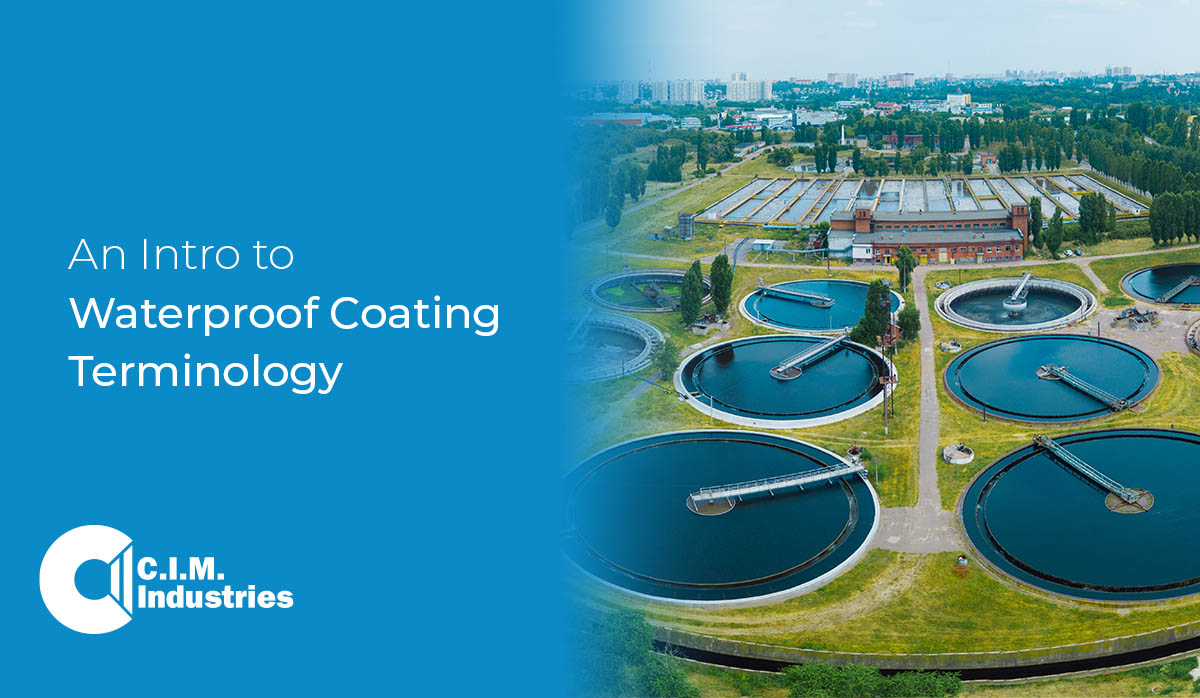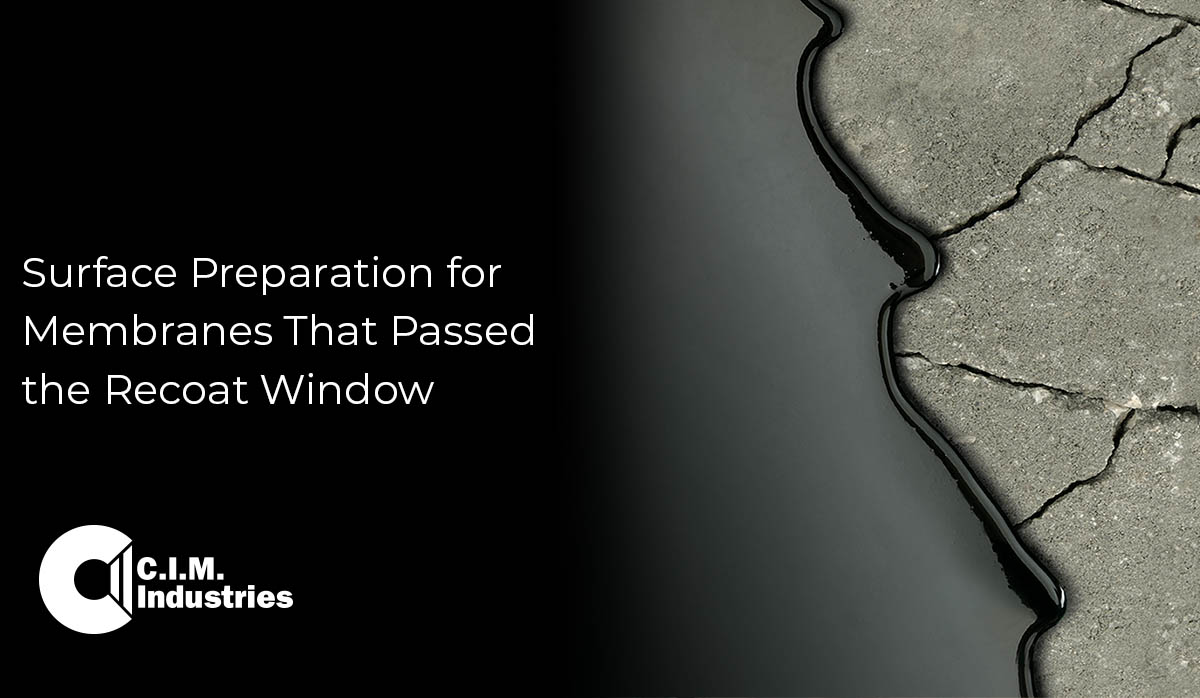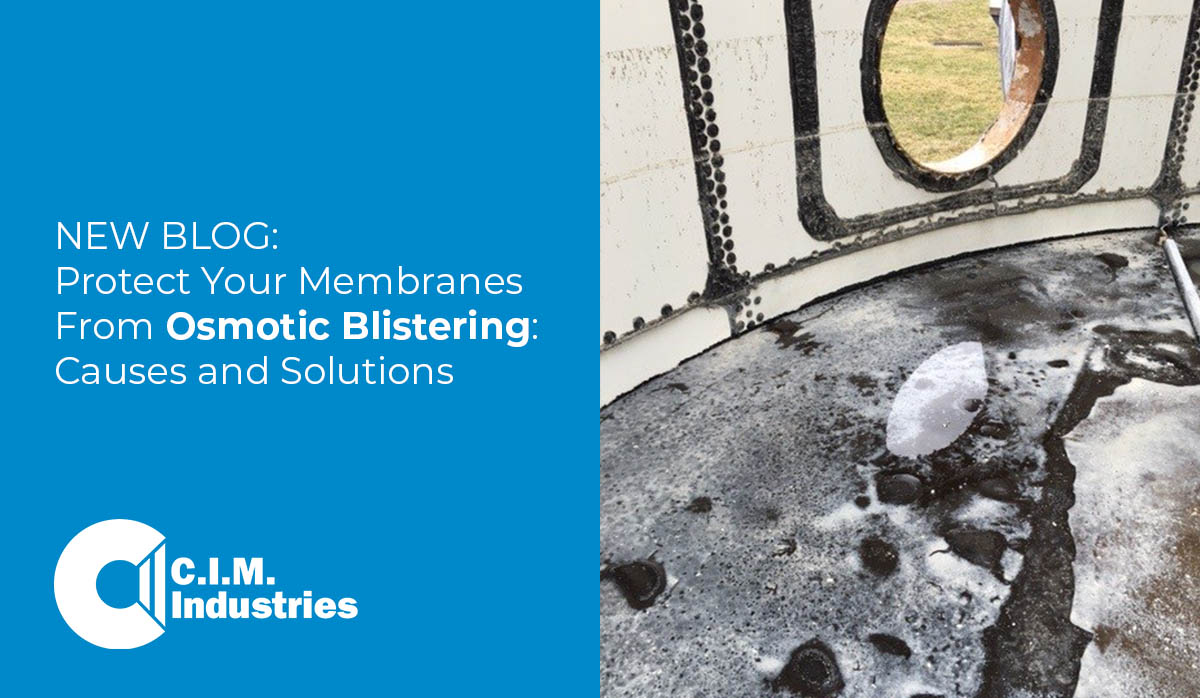The definition of waterproofing is very straightforward: to protect an object from water-based damage. Often, the main function of waterproofing material is to keep water out from an area or to keep water contained within an area. Regarding the residential, commercial, and industrial construction industries; there are many common terms to define the concepts and materials involved with waterproofing. Words and phrases related to product selection, site preparation, physical specifications, application conditions, installation, and testing, are just a few categories of terms that you may come across.
Preparing Waterproof Membranes That Passed the Recoat Window
It’s said that two heads are better than one. The same principle applies to waterproofing membranes. Typically, you apply a layer of CIM waterproofing, wait for one to four hours, then apply your second layer. This is all after choosing a waterproofing membrane, of course. This is the recoat window for most membranes, and it marks the period of maximum adhesion between layers. That said, there are innumerable reasons why you may miss this recoat period.
It happens, and it isn’t an issue for experienced applicators. With the right tools and technique, you can abrade (rough up) the surface of the membrane to improve its ability to bind well after the surface has set.
Topics: Liquid Applied Waterproofing, Membrane Surface Preparation, Waterproofing Membrane, recoat window
Protect Your Membranes From Osmotic Blistering: Causes and Solutions
There is a large misconception in the waterproofing industry that all cold fluid-applied waterproofing membranes are susceptible to osmotic blistering. But this is not the case. Over the years, costly waterproofing repairs have led to a lack of confidence in using cold fluid-applied waterproofing membranes in damp, wet, and immersion environments. Understanding what osmotic blistering is, knowing why it occurs, and choosing the correct product for each job will help minimize the potential for osmotic blisters.
Topics: Surface preparation, membranes, Osmotic Blistering, Waterproof Preparation, Waterproofing Membrane





